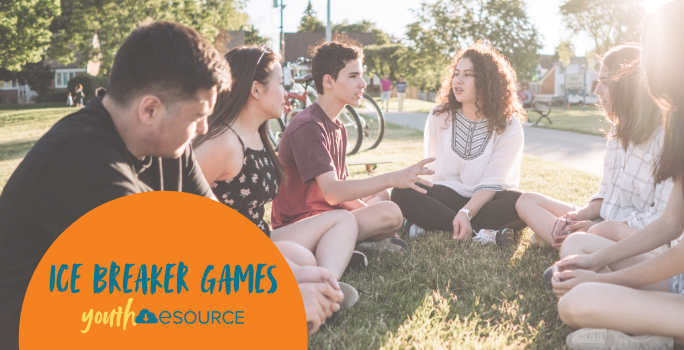Type/Purpose: Ball/Throwable Objects, Obstacle Course/Race/Relay
Supplies:
-
2 rolls of paper towels, still in the plastic
-
Ping pong ball, wiffle ball, and a water ball (the soft, cloth balls, that you dunk in water to turn into a water bomb)
-
4 “Bases”, be they cones, spots, bases, etc.
-
Obstacles: Cones, chairs, tables, etc.
Set-Up:
-
In a big open space, preferably in a gym, set a “home plate”.
-
From home plate, count off 20-30 paces to place another base, then return to home plate and repeat the process 2 more times. The result should be when the player is standing at home plate, they have 3 choices of which route to take.
-
Leave one path clear.
-
The second path should be set up as a slalom, with 3 or 4 cones or chairs set up for the player to zig zag through as they make their way to the base.
-
The third path should have 3 or 4 chairs and tables to go over and under/through.
-
At home plate, set one paper towel roll as the “bat.” The other paper towel roll is a back up if needed.
-
Divide the players into 2 equal teams, with one “at bat” and the other “in the field.”
Play:
-
When a team is at bat, they are to hit the ball with the paper towel tube, and run to one of the bases.
-
The amount of points they receive is based on which path they choose:
-
Clear path = 2 points
-
Slalom = 5 points
-
Over/Under = 10 points
-
-
Additionally, the type of ball they select to be thrown at them will also add a multiplier to their score:
-
Hitting with the wiffle ball = X 1 (normal points)
-
Hitting with the water ball (the ball is not wet) = X 2 (double points)
-
Hitting with the ping pong ball = X 3 (triple points)
-
-
When the ball is hit, the other team is to retrieve the ball and get it to the selected base before the player does, to give a player 0 points.
-
After all players have hit, switch sides. Depending on size of group, you may stop at one round, or play multiple rounds.
Extra Ideas:
-
If playing outdoors, consider bats and balls less susceptible to wind.
-
For bat, use foam pool noodle.
-
For balls, use light weight rubber ball (2 pts), beach ball (5 pts), and wiffle ball (10 pts).
-
If group is large, consider only a half or a third of the players going each round, switching after a portion of the group has gone.
-
As a variation, elongate the paths, and add this stipulation:
-
Once a player from the fielding team has gotten to a ball, the other players on the fielding team must freeze. The only way to get the ball to the base is to throw it player to player until it reaches the base.
-
If the ball hits the ground, and a player is unable to retrieve it while in a frozen legged state, they are not to move their legs to retrieve it.
-







0 Comments